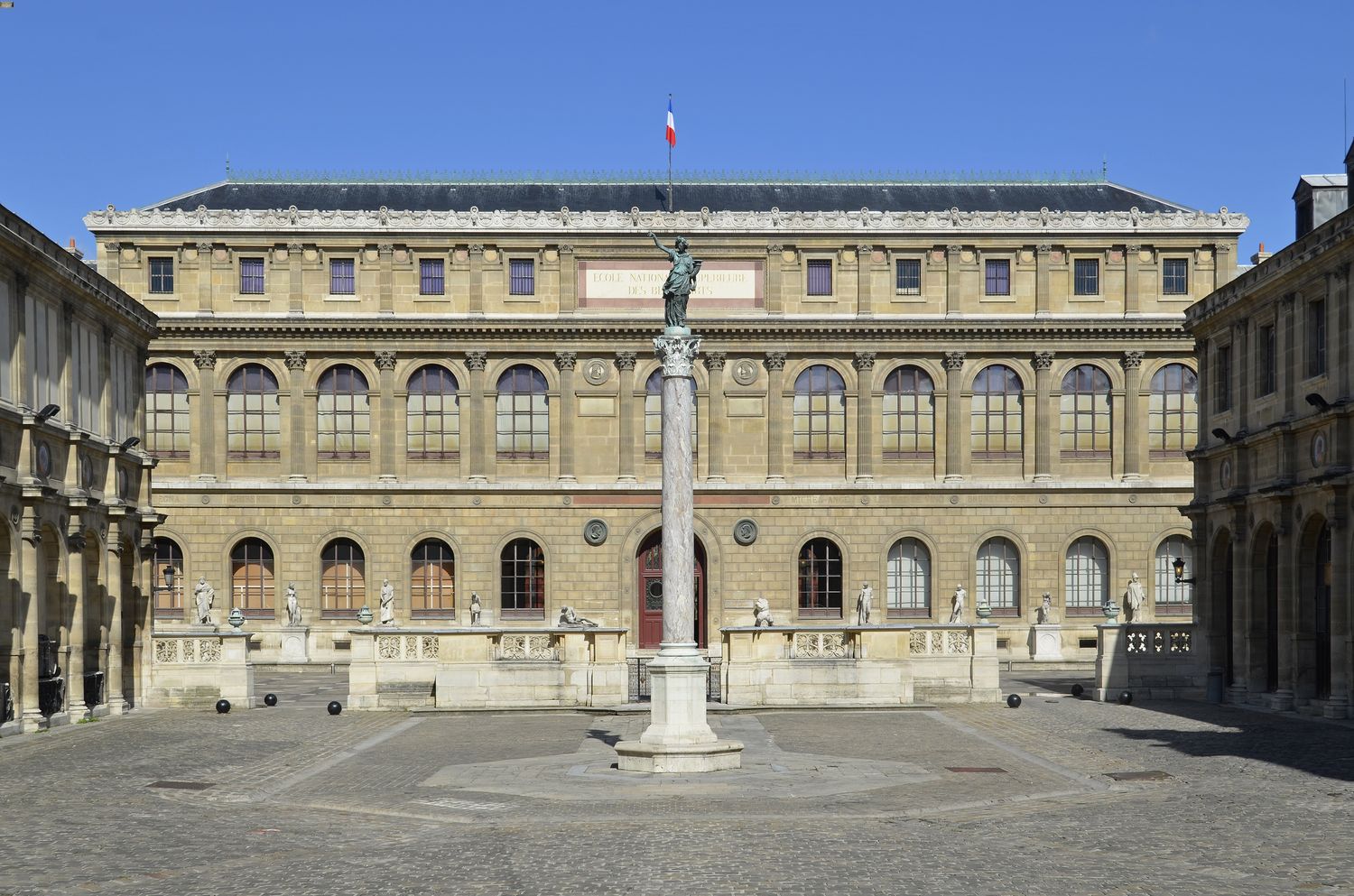
What is Beaux-Arts architecture? Beaux-Arts architecture is a grand, opulent style that originated in France in the late 19th century. Known for its elaborate details, symmetry, and classical influences, this architectural style often features columns, arches, and intricate sculptures. Why is it significant? Beaux-Arts buildings are not just visually stunning; they also represent a blend of art and architecture, showcasing the skills of both architects and artists. Where can you find it? Many iconic structures around the world, including New York's Grand Central Terminal and Paris's Palais Garnier, are prime examples of Beaux-Arts architecture. Who were the key figures? Influential architects like Charles Garnier and Richard Morris Hunt played pivotal roles in popularizing this style. Why should you care? Understanding Beaux-Arts architecture enriches your appreciation for historical and cultural landmarks, making your next visit to these sites even more meaningful.
What is Beaux-Arts Architecture?
Beaux-Arts architecture is a grand and elaborate style that originated in France. It combines classical Greek and Roman elements with Renaissance ideas. This style became popular in the late 19th and early 20th centuries.
- Beaux-Arts means "fine arts" in French.
- The style emerged from the École des Beaux-Arts in Paris.
- It emphasizes symmetry, classical details, and grandiosity.
- Beaux-Arts buildings often feature columns, arches, and domes.
- The style was popular for public buildings like museums, libraries, and train stations.
Key Features of Beaux-Arts Architecture
Beaux-Arts architecture is known for its distinctive features. These elements make the style easily recognizable and admired.
- Symmetry is a hallmark of Beaux-Arts design.
- Columns are often used, inspired by Greek and Roman architecture.
- Arches and vaults add to the grandeur of the buildings.
- Sculptures and reliefs decorate the facades.
- Elaborate interiors with detailed moldings and grand staircases are common.
Famous Beaux-Arts Buildings
Many iconic buildings around the world showcase Beaux-Arts architecture. These structures stand as testaments to the style's grandeur and elegance.
- The Paris Opera House is a prime example of Beaux-Arts architecture.
- Grand Central Terminal in New York City features Beaux-Arts design.
- The Library of Congress in Washington, D.C., is another notable example.
- The Metropolitan Museum of Art in New York also showcases this style.
- The Palais Garnier in Paris is renowned for its Beaux-Arts architecture.
Influence of Beaux-Arts on Modern Architecture
Beaux-Arts architecture has left a lasting impact on modern design. Its principles continue to inspire architects today.
- The emphasis on symmetry and proportion influences contemporary architecture.
- Classical elements like columns and arches are still used in modern designs.
- Beaux-Arts principles can be seen in neoclassical and neorenaissance styles.
- The focus on grand public spaces has influenced urban planning.
- Many government buildings and monuments draw inspiration from Beaux-Arts architecture.
Beaux-Arts in the United States
Beaux-Arts architecture found a strong foothold in the United States. Many American cities boast impressive examples of this style.
- The American Renaissance period saw a surge in Beaux-Arts architecture.
- Chicago and New York City have numerous Beaux-Arts buildings.
- The World's Columbian Exposition in Chicago showcased Beaux-Arts design.
- Washington, D.C. is home to many Beaux-Arts government buildings.
- The San Francisco City Hall is a notable Beaux-Arts structure.
Criticism and Decline of Beaux-Arts Architecture
Despite its grandeur, Beaux-Arts architecture faced criticism and eventually declined in popularity. Modernist movements challenged its principles.
- Critics argued that Beaux-Arts architecture was too ornate and extravagant.
- The rise of modernism in the 20th century led to a decline in Beaux-Arts popularity.
- Functionalism and minimalism replaced the elaborate designs of Beaux-Arts architecture.
The Final Brushstroke
Beaux-Arts architecture isn't just about grand buildings; it's a testament to human creativity and ambition. From its roots in France to its influence across the globe, this style has left an indelible mark on our cities. The intricate details, symmetry, and grandeur of Beaux-Arts structures continue to inspire architects and artists alike. Whether you're strolling through Paris or New York, the elegance of Beaux-Arts is unmistakable. Next time you pass by a Beaux-Arts building, take a moment to appreciate the craftsmanship and history behind it. This architectural style isn't just a relic of the past; it's a living, breathing part of our cultural heritage. So, keep your eyes open and let the beauty of Beaux-Arts enrich your understanding of architecture and history.
Was this page helpful?
Our commitment to delivering trustworthy and engaging content is at the heart of what we do. Each fact on our site is contributed by real users like you, bringing a wealth of diverse insights and information. To ensure the highest standards of accuracy and reliability, our dedicated editors meticulously review each submission. This process guarantees that the facts we share are not only fascinating but also credible. Trust in our commitment to quality and authenticity as you explore and learn with us.
